One such technology that has revolutionized wildlife photography is drone photography.
The Rise of Drone Photography
Drones have taken the world by storm with their ability to capture images and videos from unique perspectives. These unmanned aerial vehicles provide photographers with an unprecedented view of nature’s wonders. Wildlife photographers, in particular, have benefitted greatly from the advent of drone photography.
Key Takeaways:
- Drone photography has revolutionized wildlife photography by providing unique perspectives.
- Drones enable photographers to capture images and videos from above, offering a fresh and breathtaking viewpoint.
- With drones, photographers can document wildlife without disturbing their natural habitat.
One of the most significant advantages of drone photography is the ability to capture wildlife images without disturbing their natural habitat. Traditionally, wildlife photographers faced challenges while trying to document animals in their true essence. The mere presence of a human or a camera could disturb the animals, altering their behavior or even causing them to flee.
Advantages of Drone Photography:
- Non-intrusive documentation of wildlife without disturbing their habitats.
- Ability to capture aerial shots showcasing the vastness and beauty of landscapes.
- Reduced risk to photographers, eliminating the need to venture into dangerous terrains.
By utilizing drones, photographers can fly above the wildlife, capturing stunning shots without interference. This allows for a more authentic depiction of animals’ natural behavior and habitat, providing a rare glimpse into their world.
Drones also offer the advantage of capturing aerial shots, showcasing the vastness and beauty of landscapes. These breathtaking visuals provide viewers with a unique perspective, highlighting the intricacies of the environment and its inhabitants.
The Impact of Drone Technology on Wildlife Conservation
Drone photography extends beyond the realm of artistic expression. It has also proven to be invaluable in wildlife conservation and research efforts. Scientists and conservationists are increasingly using drones to monitor animal populations, track migration patterns, and identify potential threats to their habitats.
Key Advantages for Wildlife Conservation:
- Efficient monitoring of animal populations and their habitats.
- Identification of threats to wildlife and proactive conservation measures.
- Cost-effective alternative to traditional aerial surveys.
Drones enable researchers and conservationists to survey a larger area in a shorter time span and collect valuable data. This data aids in understanding animal behavior, migration routes, and overall ecosystem health. Furthermore, it helps identify potential threats such as deforestation, illegal hunting, or pollution, allowing for timely conservation measures to be implemented.
Bringing Nature to Every Corner
Another remarkable aspect of drone photography is its ability to bring nature to every corner of the world. Through the power of technology, photographers can capture the essence of wildlife and share it with people across the globe. Social media platforms have become a virtual gallery of these awe-inspiring images, raising awareness about the importance of preserving our natural heritage.
Key Takeaways:
- Drone photography allows for the global sharing of wildlife images, inspiring people to appreciate and protect nature.
- Social media platforms serve as virtual galleries, reaching a wide audience and raising awareness about wildlife conservation.
- Engaging visuals evoke emotions and strengthen the connection between humans and nature.
Engaging visuals created through drone photography evoke strong emotions and foster a deep connection between humans and nature. They remind us of the awe-inspiring beauty that surrounds us and serve as a call to action for nature preservation.
The Future of Wildlife Photography
As drone technology continues to evolve, we can only anticipate further advancements in wildlife photography. Improved camera capabilities, longer flight times, and more sophisticated navigation systems will push the boundaries of what is possible. Furthermore, the integration of artificial intelligence and machine learning algorithms may revolutionize how drones capture and analyze wildlife data.
Key Takeaways:
- Continued advancements in drone technology will lead to enhanced capabilities for wildlife photography.
- Integration of artificial intelligence and machine learning will transform drone data analysis and interpretation.
- Future developments will provide even more opportunities to document and conserve wildlife.
With these advancements, researchers and photographers will be able to collect and analyze data more efficiently, leading to a better understanding of wildlife and their habitats. This knowledge will play a crucial role in developing effective strategies for conservation and preservation.
In conclusion, drone photography has unlocked new possibilities for documenting nature’s beauty. It has given photographers the ability to capture unique perspectives, while also contributing to wildlife conservation and global awareness. As technology continues to progress, the future of wildlife photography looks promising, promising even more breathtaking images and valuable insights.
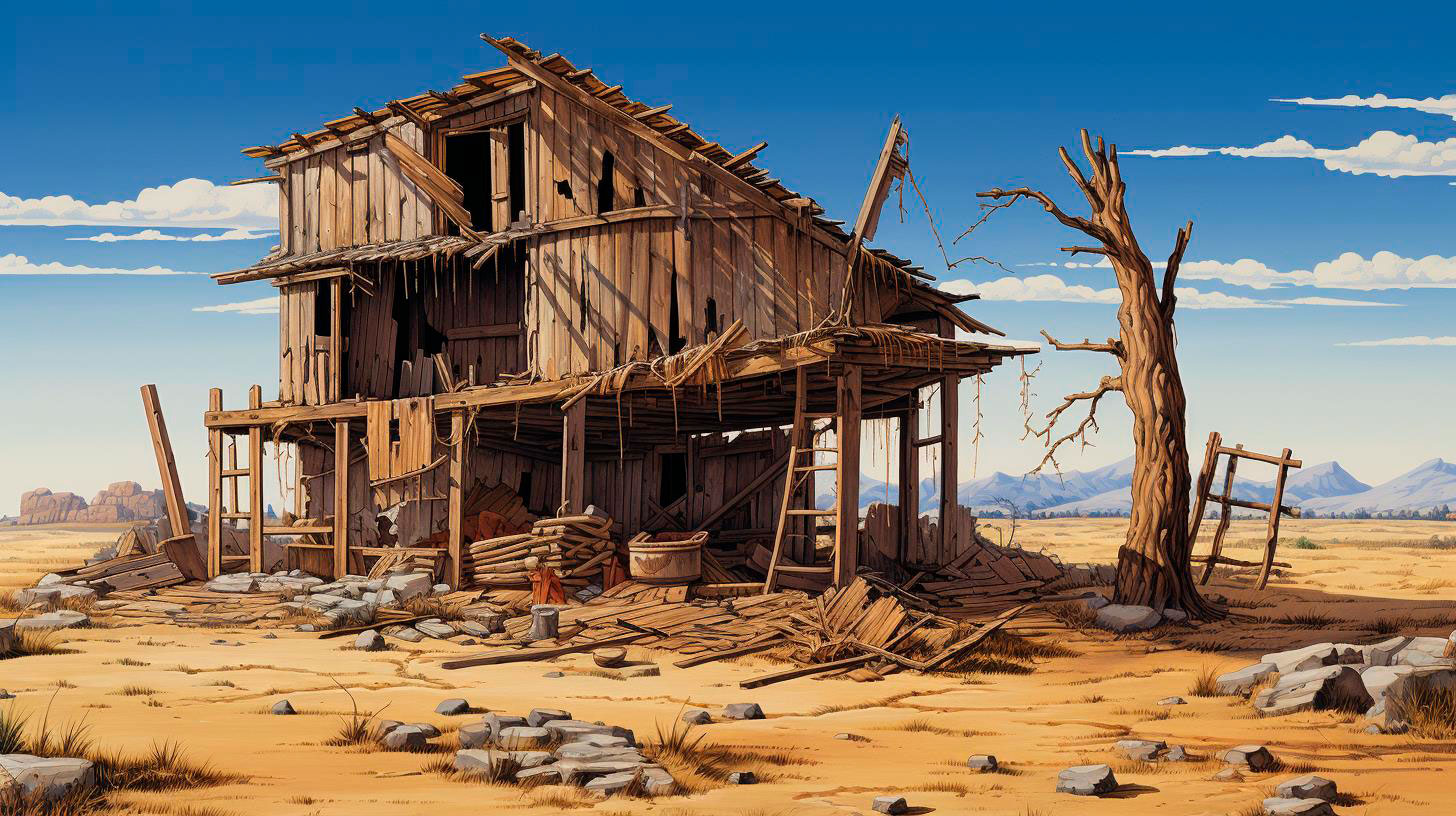

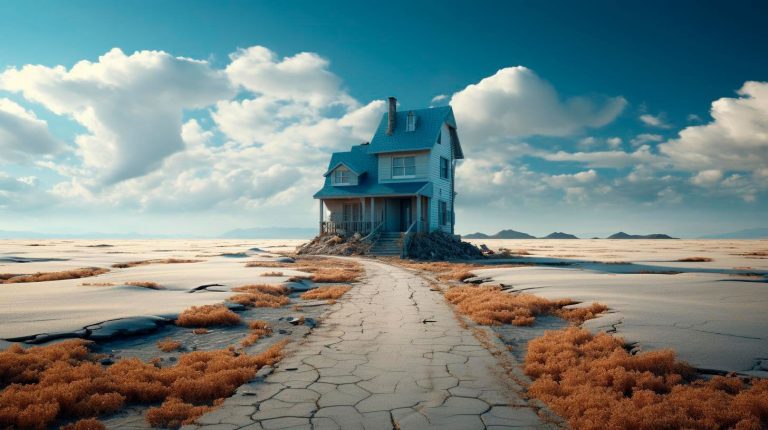





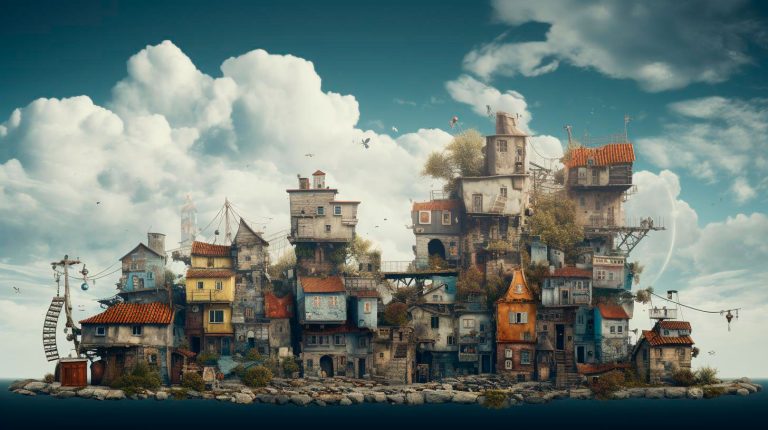
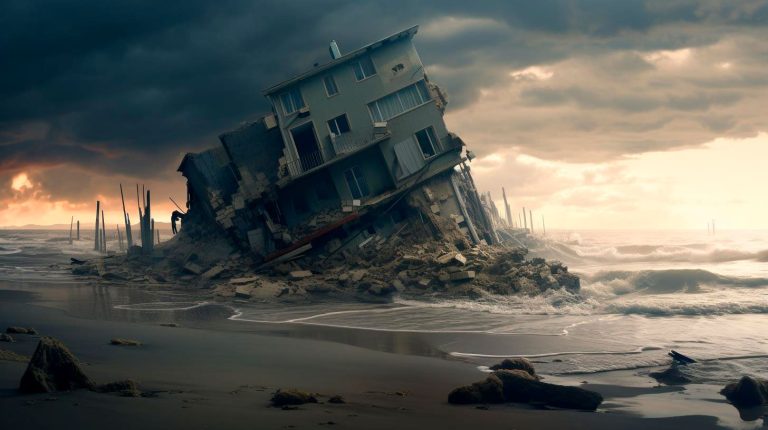

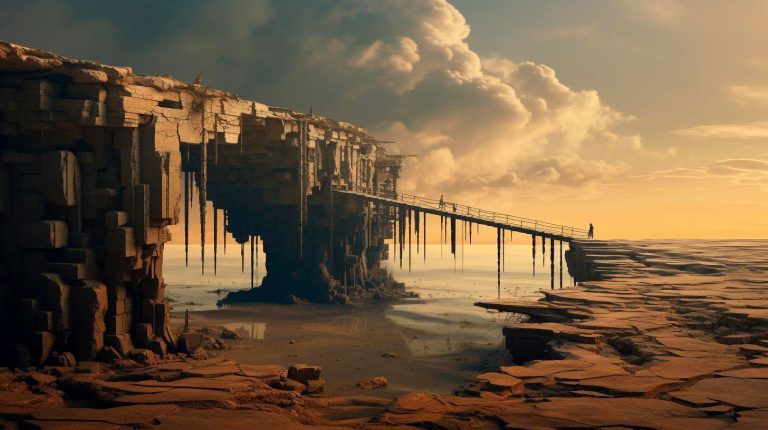







+ There are no comments
Add yours